|
I'll be working as a software engineer at Google Sunnyvale. I got my M.S. in Robotics at Carnegie Mellon University, working with Prof. Katerina Fragkiadaki on Computer Vision and Machine Learning. You can find my MSR thesis here. Before that, I got my B.S. in Electrical Engineering and Maths from the University of Notre Dame. During my undergrad, I was fortunate to work with Prof. Adam Czajka and Prof. Kevin Bowyer on Biometrics. I was also lucky to have interned with Prof. David Held and collaborated with Prof. Hang Zhao. Email / CV / Google Scholar / Github |

|
|
I'm interested in and currently working on computer vision and machine learning. During my undergrad, I worked mostly on Biometrics, while my first research experience was on nanophotonics. For a full list please see Google Scholar. Some works can be found below (* = equal contribution). |
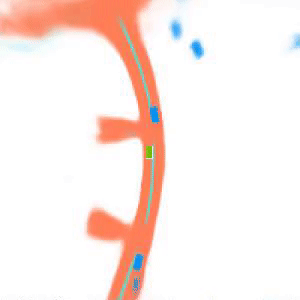 
|
Adam W. Harley, Zhaoyuan Fang, Jie Li, Rares Ambrus, Katerina Fragkiadaki Preprint, 2022 project page / code We build a surprisingly simple baseline for BEV perception that obtains state-of-the-art performance, and explores what are the factors behind it's good performance. |
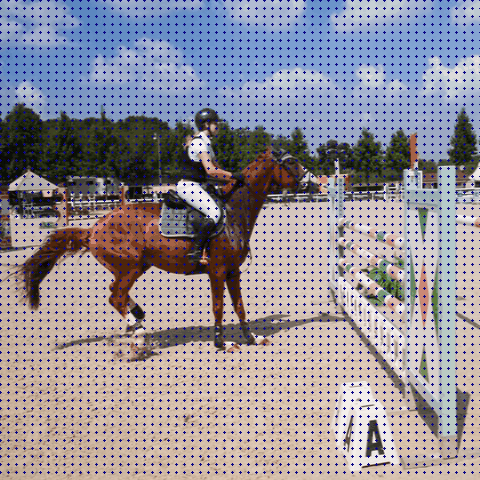 
|
Adam W. Harley, Zhaoyuan Fang, Katerina Fragkiadaki European Conference on Computer Vision (ECCV), 2022 - Oral project page / code We re-build the classic “particle video” approach using components that drive the current state-of-the-art in flow and object tracking, such as dense cost maps, iterative optimization, and learned appearance updates. |
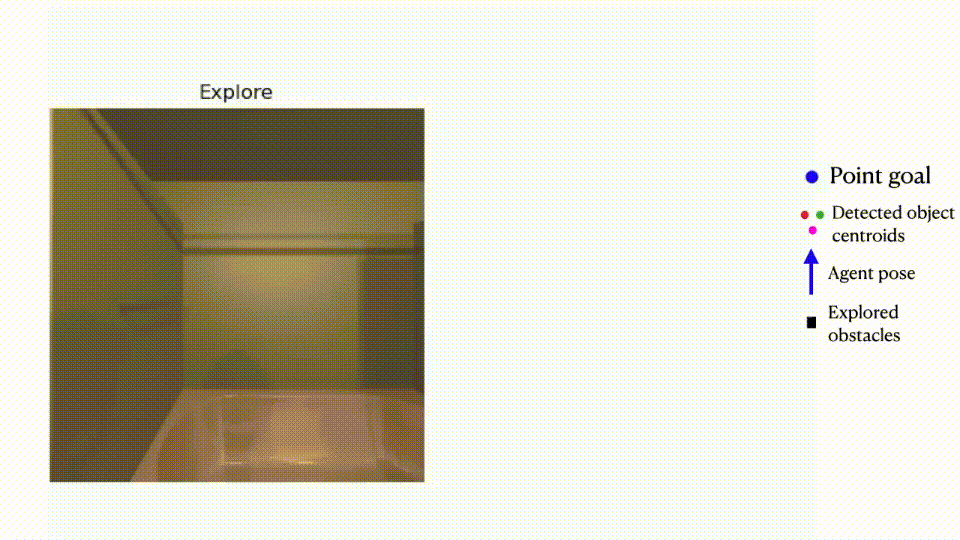 
|
Gabriel Sarch, Zhaoyuan Fang, Adam W. Harley, Paul Schydlo, Michael J. Tarr, Saurabh Gupta, Katerina Fragkiadaki European Conference on Computer Vision (ECCV), 2022 project page / code TIDEE is an embodied agent that tides up a disordered scene based on learned commonsense object placement and room arrangement priors. |
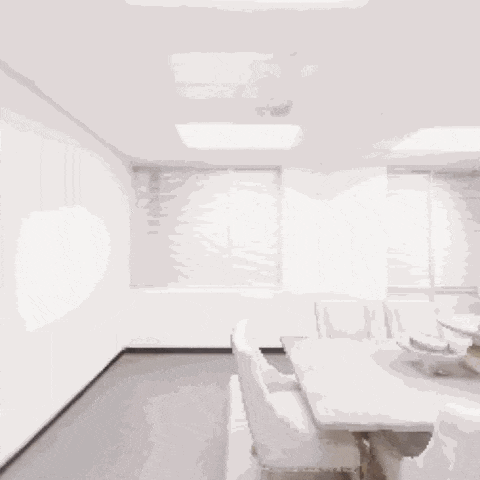 
|
Zhaoyuan Fang*, Ayush Jain*, Gabriel Sarch*, Adam W. Harley, Katerina Fragkiadaki British Machine Vision Conference (BMVC), 2021 project page / code Assuming an embodied agent with a 2D pre-trained detector, a depth sensor, and approximate egomotion, we show how the agent can improve its 2D and 3D detection performance in a new environment under occlusions and uncommon viewpoints, simply by moving around. |
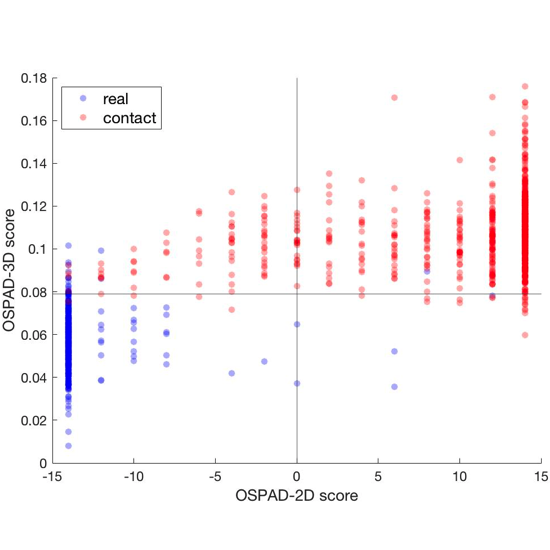 
|
Zhaoyuan Fang, Adam Czajka, Kevin W. Bowyer IEEE Transactions on Information Forensics and Security (T-IFS), 2020 code / video Experiments show that 2D textural and 3D shape features are complementary for iris presentation attack detection and fusing then together results in robust performance under various open-set testing scenarios. |
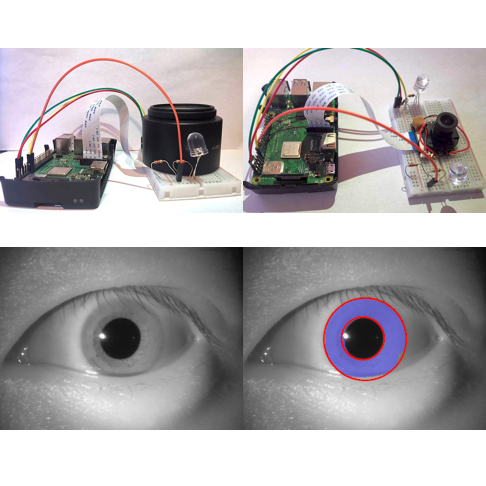 
|
Zhaoyuan Fang, Adam Czajka IEEE International Joint Conference on Biometrics (IJCB), 2020 code / video An open source, low-cost, fast and accuract iris recognition protoype with presentation attack detection based on Raspberry-Pi and Python. |
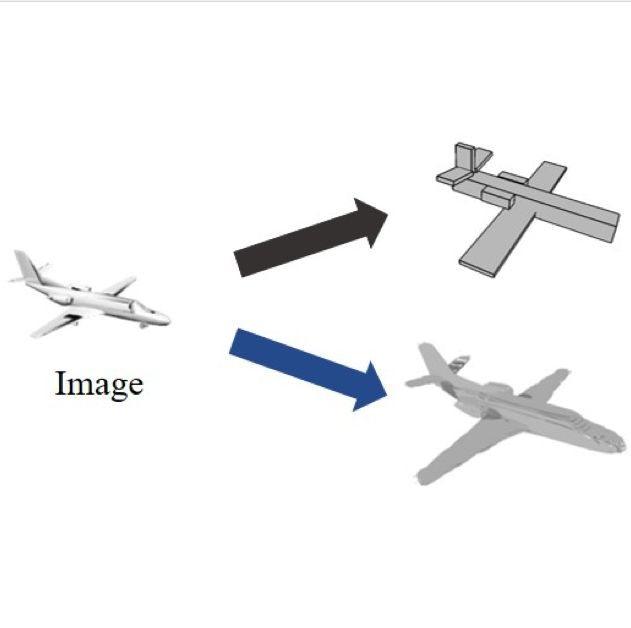 
|
Jianren Wang, Zhaoyuan Fang European Conference on Computer Vision (ECCV), 2020 project page / video A model designed for joint shape interpretation and reconstruction improves performance on both tasks. |
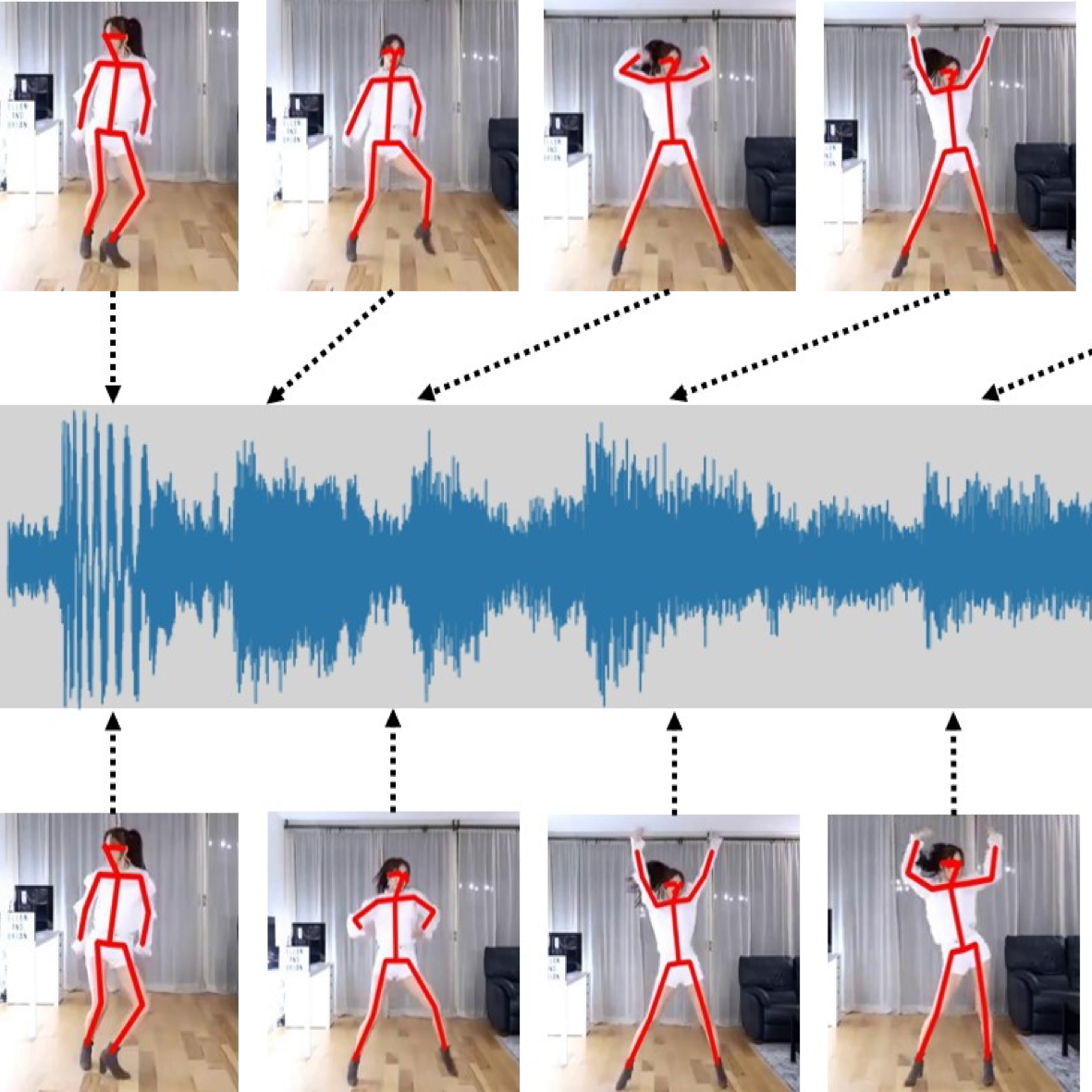 
|
Jianren Wang*, Zhaoyuan Fang*, Hang Zhao IEEE Winter Conf. on Applications of Computer Vision (WACV), 2020 project page / code / video End-to-end dense correspondence between each frame of a video and an audio can be learned with a model with simple and well-established principles: attention, pyramidal processing, warping, and affinity function. |
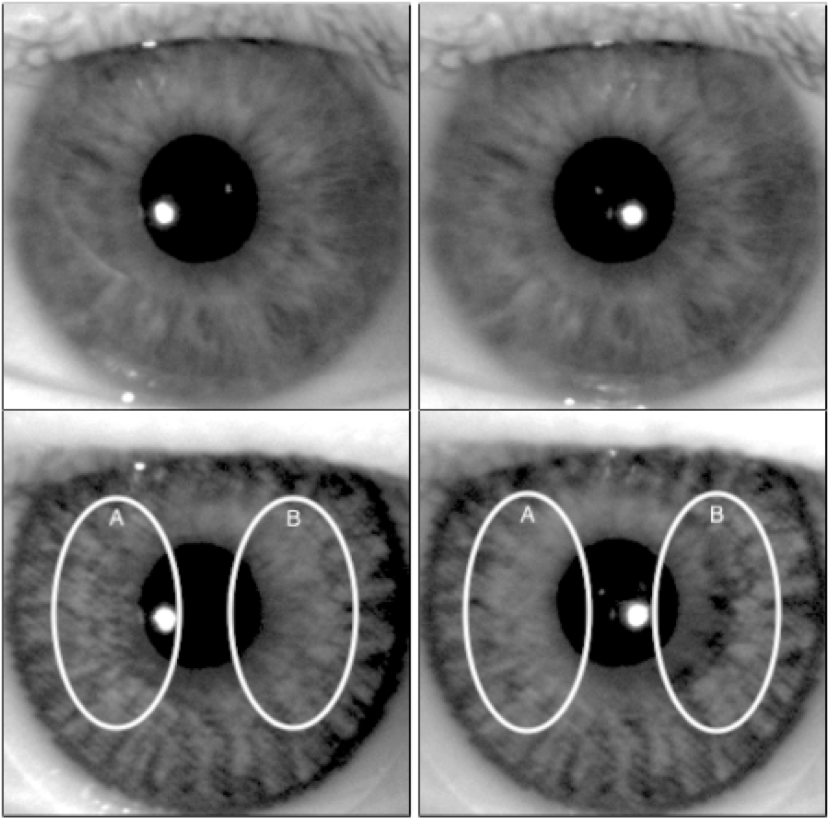 
|
Adam Czajka, Zhaoyuan Fang, Kevin W. Bowyer IEEE Winter Conf. on Applications of Computer Vision (WACV), 2019 code Traditional 3D reconstruction technique Photometric Stereo provides surprisingly simple but effective features to classify real iris images from fake ones. |
|
If you're bored, here's my favorite song of: 07/22, 04/22, 03/22, 11/21, 08/21, 07/21, 06/21 |
|
|